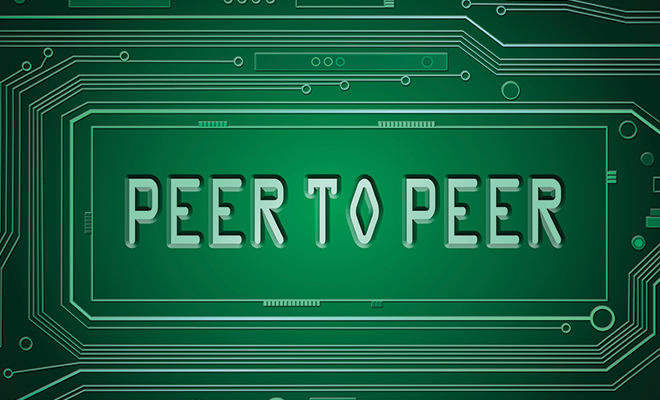
Peer-to-Peer Lending: is it For You?
The Internet has proven time and again that brick and mortar businesses are under attack. Just eight years ago, United States borrowers saw the first “peer-to-peer” lending companies on the Internet, all trying to revolutionize and capitalize through the new and lucrative lending practice first seen in the United Kingdom with a company called Zopa.
Today, the two largest peer-to-peer companies operating in the U.S. are Lending Club and Prosper.com. Investors love the concept because they see very high returns. In 2013 Google invested $125 million in Lending Club.
Peer-to-peer lending is the practice of lending money to unrelated individuals, or peers, without going through a traditional intermediary such as a bank, credit union, savings institution or other financial company, most of which have physical locations or branches for their customers. This new type of lending is called alternative finance. Peer-to-peer lending takes place completely online on various peer-to-peer lending companies’ websites. One of the main advantages of peer-to-peer lending for borrowers has been better rates than traditional bank rates can offer.
Ken Sweet, a consumer finance reporter for the Associated Press, caused quite a buzz when he reported on his personal experience of looking for a low-interest loan. He said he visited his local bank and asked for a $15,000 loan to consolidate his credit card debt, but he was offered an interest rate higher than his cards were charging. After shopping around online, Sweet found a peer-to-peer lender willing to loan him the money at 9 percent, far lower than the 13 percent interest rate offered by his financial institution. He reported that he never visited a branch or met a loan officer.
Most peer-to-peer loans are unsecured personal loans made to an individual, not a company. But other forms do include commercial real estate loans, secured business loans and leasing. Interest rates are set by the lenders, who assess borrowers by a risk factor. Borrowers with a higher risk of default are assigned higher interest rates. Because most of the services are automated via the Internet, these intermediary companies operate with lower overhead and this, of course, leads to borrowers who get lower interest rates and lenders who are rewarded higher returns.
Many people are familiar with other alternative finance companies: IndieGoGo, GiveForward, Kickstarter, RocketHub, Fundly and GoFundMe, among others. As of 2012, there were more than 450 crowdfunding sites on the Internet.
With these sites, individuals in the crowd trigger the process and influence the value of the offerings or outcomes. In some cases they will become shareholders and contribute to the development and growth of the offering. With crowdfunding, consumer participation stems from the feeling of being at least partly responsible for the success of others’ ideas and initiatives, and from the hope of a good return on their investment.
Since peer-to-peer lending seems to attract borrowers who, because of their credit status, are unable to qualify for traditional bank loans, investors can feel better knowing they are supporting these individuals’ attempts to break free from high-interest-rate debt. And they may avoid investment in people or companies they deem immoral or outside of their comfort level. Sweet says the industry is growing fast, and the term “peer-to-peer” seems misleading since the majority of funding is now coming from hedge funds and other major investment firms.
Most peer-to-peer intermediaries provide an online investment platform to identify and purchase loans that meet personal criteria, and they develop credit modes for loan pricing and approvals. They verify the borrower’s identity, bank account, employment and income and perform credit checks to weed out the unqualified. They process the borrower’s payments and forward those payments to the lenders. They service the loans, provide customer service to borrowers and attempt to collect payments from those who are delinquent or in default. Customers should expect legal compliance and reporting as well.
If you’re considering becoming a peer-to-peer lender, keep in mind that peer-to-peer lenders are not protected from default loans. The U.S. Federal Deposit Insurance Corporation insures bank deposits but not peer-to-peer lenders, because they deem it a choice for the lender to lend money to risky borrowers. It is treated as a legal investment, however.
It remains to be seen how this financial sector will perform in a downturn. Meanwhile, these pioneers of the “sharing economy” are generating loans at the rate of $10 billion a year. This concept may well be a viable answer to your small business’ need for credit. HLM
Sources: economist.com, merchantmoney.co.uk and sba.gov.







